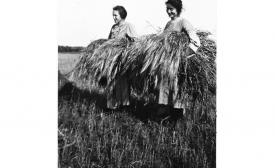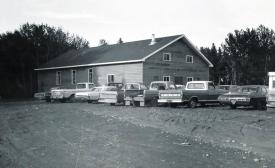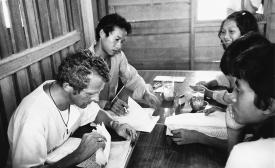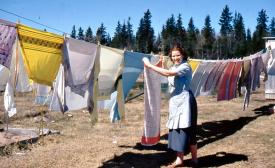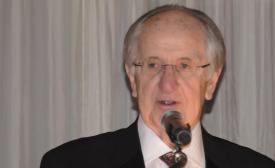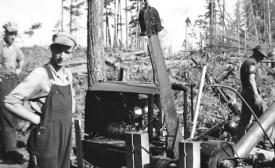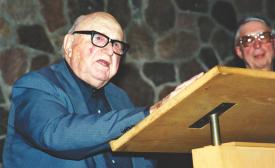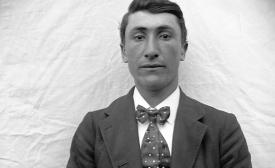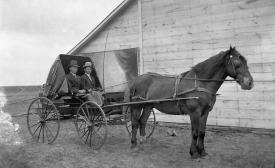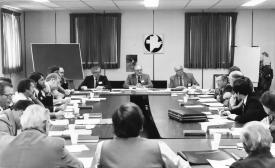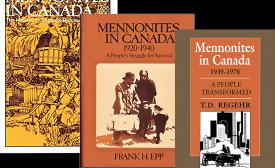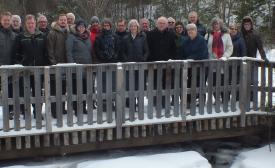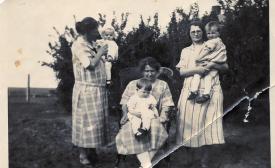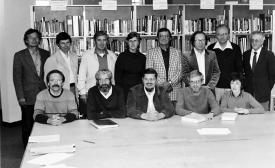Archivist shares ‘a sweet and true tale’

A sample of cookies baked as evidence in ‘the cookie war’ were preserved at the Amish Historical Library and donated to the Mennonite Archives of Ontario. In Laureen Harder-Gissing’s virtual archive tour, they helped to document one of the food stories from Mennonite history. (Photo courtesy of the Mennonite Archives of Ontario)

Edna Staebler, author of Food That Really Schmecks, is shown holding the cookies in question, in an article she wrote for Saturday Night Magazine in 1987 about ‘the cookie war.’ The photo was shown as part of the virtual archives tour by Laureen Harder-Gissing, far right, describing a patent dispute over a cookie recipe that drew Mennonite women into the conflict. (Screenshot by Janet Bauman)
Big city lawyers paid Old Order Mennonite women $20 an hour to bake cookies, all in an effort to gather evidence in “the cookie war.” This “sweet and true tale” was shared recently as part of “The Anabaptist Story lives on: Virtual museum and archive tour,” sponsored by TourMagination, in which archivists and historians show unique artifacts, photos and documents as they share parts of the Anab



